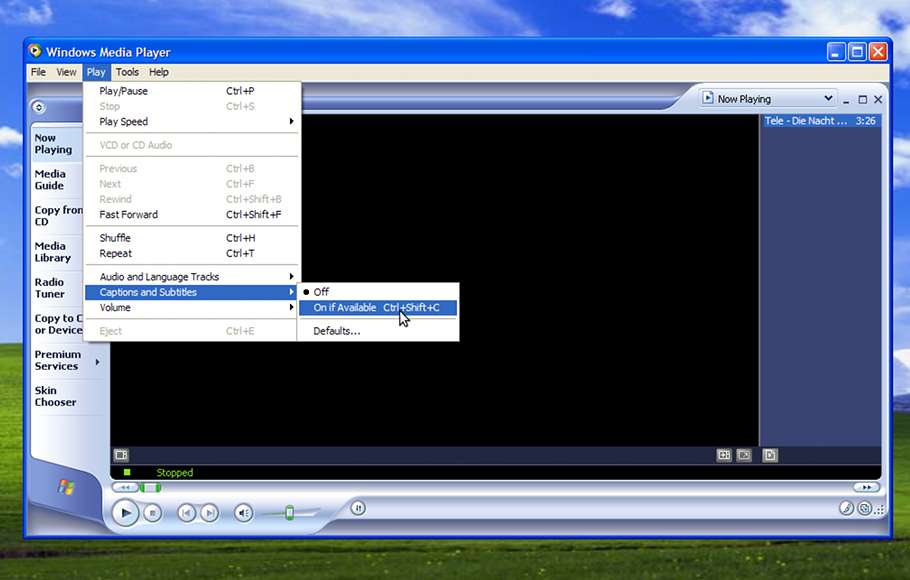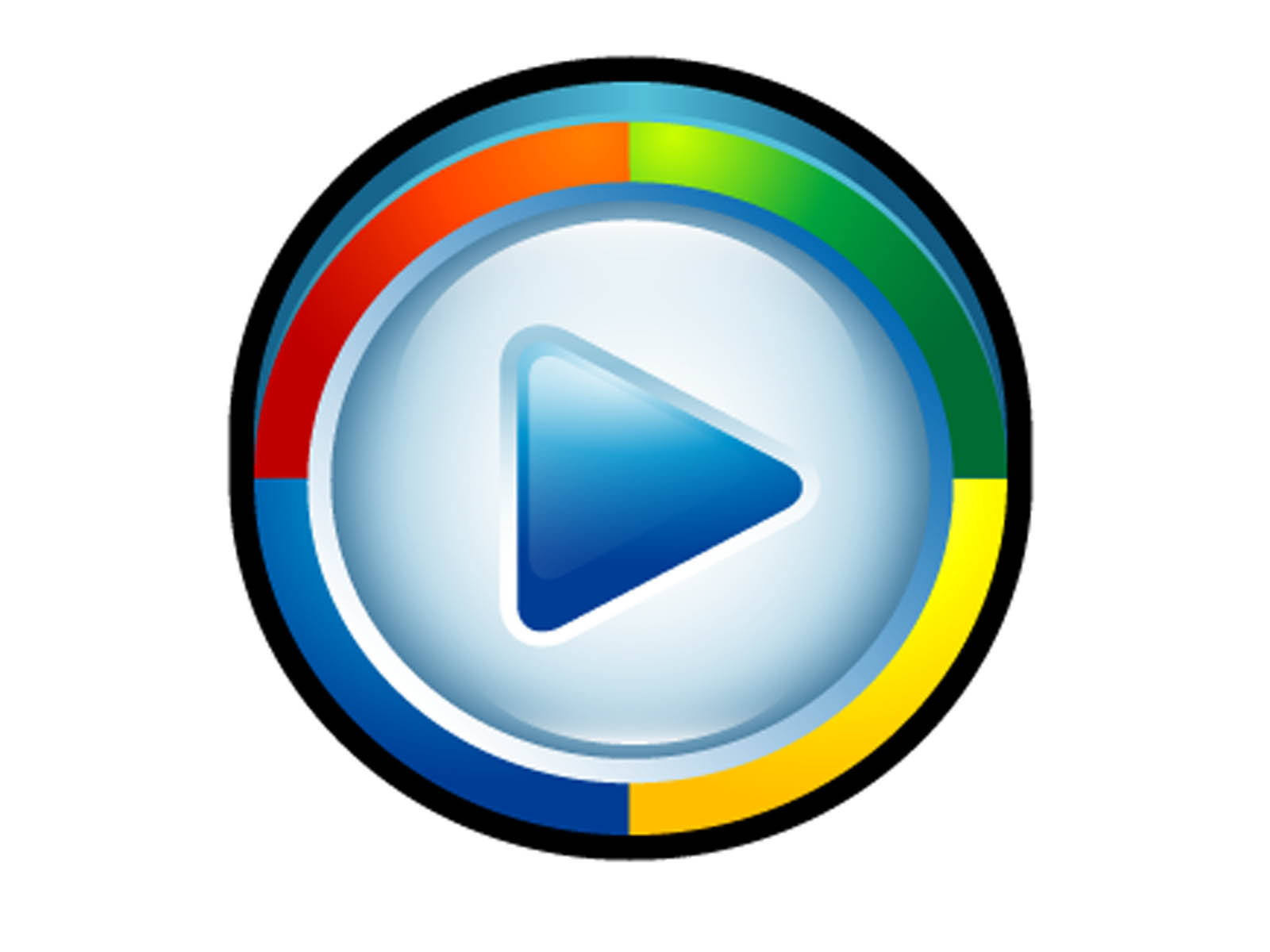

You probably catch most of your favorite TV shows and movies through video-streaming services, but many of us still have hefty DVD and Blu-ray collections.
How to Set Up Two-Factor Authentication. How to Record the Screen on Your Windows PC or Mac. 
 How to Convert YouTube Videos to MP3 Files. How to Save Money on Your Cell Phone Bill. How to Free Up Space on Your iPhone or iPad. How to Block Robotexts and Spam Messages. Microsoft Windows Media Player is a reliable solution to your media playback needs. It supports many popular audio and video formats, allows you to customize the organization of your media, and enables you to burn your audio to a CD. If you are a Windows user, Windows Media Player is a good option for organizing and playing your media. Windows Media Player also enables you to create your own media playlists and can generate playlists based on your criteria. It lets you configure the navigation pane, sort your media by categories such as genre and rating, and edit the skin of the player. Windows Media Player allows you to customize your media experience. In Windows Media Player, you can also stream media from or to other devices on your network, sync your media to portable devices, and burn your audio to a CD.
How to Convert YouTube Videos to MP3 Files. How to Save Money on Your Cell Phone Bill. How to Free Up Space on Your iPhone or iPad. How to Block Robotexts and Spam Messages. Microsoft Windows Media Player is a reliable solution to your media playback needs. It supports many popular audio and video formats, allows you to customize the organization of your media, and enables you to burn your audio to a CD. If you are a Windows user, Windows Media Player is a good option for organizing and playing your media. Windows Media Player also enables you to create your own media playlists and can generate playlists based on your criteria. It lets you configure the navigation pane, sort your media by categories such as genre and rating, and edit the skin of the player. Windows Media Player allows you to customize your media experience. In Windows Media Player, you can also stream media from or to other devices on your network, sync your media to portable devices, and burn your audio to a CD. 
There are a large amount of free plugins available that extend the capabilities of Windows Media Player, as well. The player also supports H.264, Xvid, and DivX video. Windows Media Player supports many popular audio and video formats, such as WMV, MOV, MPEG, WAV, ASF, MIDI, and AIFF. The application comes bundled with the Windows operating system. Microsoft Windows Media Player is a media library application used to play video and audio and to view images. Screenshot of Microsoft Windows Media Player 12








 0 kommentar(er)
0 kommentar(er)
